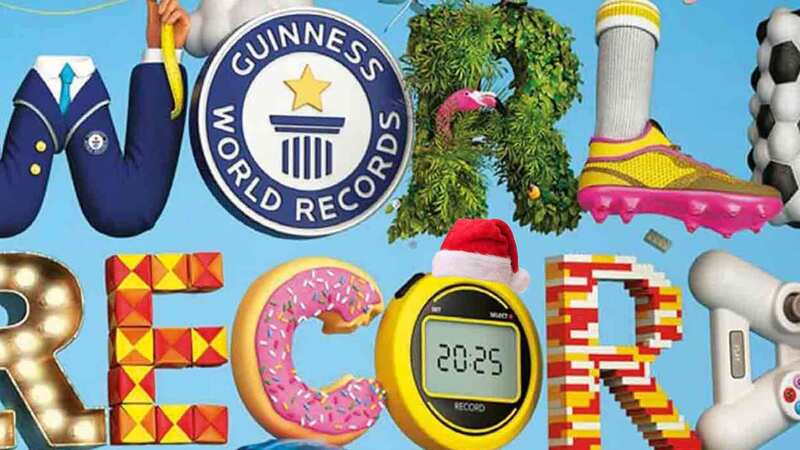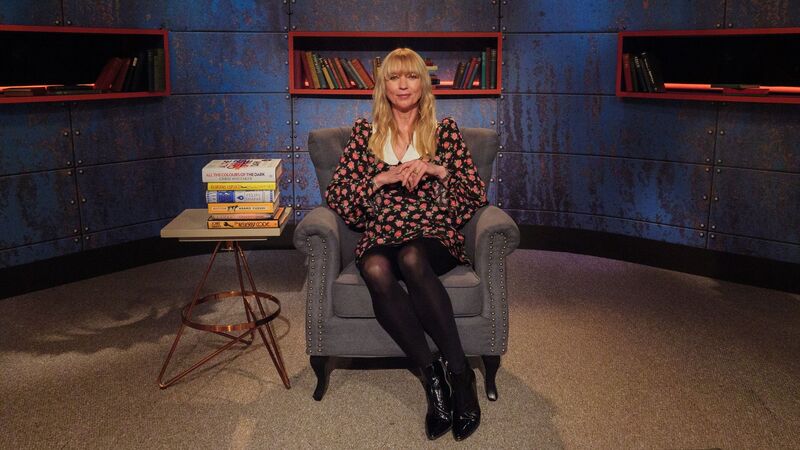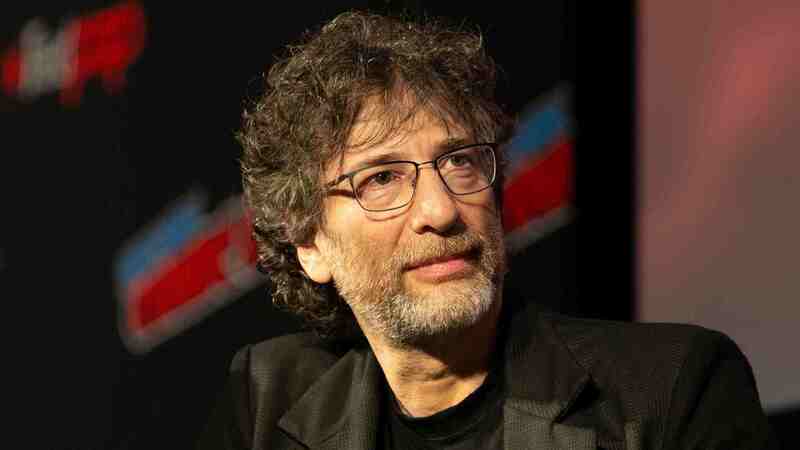You are viewing your 1 free article this month. Login to read more articles.
DBW: Sargent says 'wait and see' on Trump's presidency
Macmillan c.e.o. John Sargent and Nielsen’s Jonathan Stolper kicked off the Digital Book World conference in New York on Tuesday (17th January) on a positive note about the survival of print, both men reminding us that it could easily have been very different, as the decimated music and video businesses well know.
The famously plain-speaking Sargent also provided a counterintuitive reality check for those hand-wringing about the future of books under the about-to-be-inaugurated Donald Trump. Although the front page of the New York Times on Monday celebrated Barack Obama as a tremendous reader and advocate for reading, Sargent asserted that he “also favoured digital solutions over traditional reading; his Justice Department increased the power of the digital business; and it isn’t as though the business practices [implemented under his government] were beneficial” to publishers.
“New presidents always bring new things. Many presidents have not been readers. We have no clue what will happen. I’m going to wait and see,” Sargent calmly advised.
Having early on stood up to Amazon in the past, he took on that elephant in the room as well: “We can do better than our friends in Seattle in marketing and community-building. We pissed away millions of dollars on back page ads in the New York Times; with social media we’ll find ways to figure out what sells, and do more marketing for every book, not just big books.”
Sargent also celebrated certain core truths about publishing: an algorithm can tell you that right-wing books sell more copies than left-wing books, but not that a book from the least-popular recent Republican president – George Bush – would outsell a book by the most popular, Ronald Reagan. “That’s instinct. But decisions can be improved by using data, and adjusting our cultures to know how to use it.”
Drilling down into the figures, from 2013-16 Nielsen’s numbers show a compound annual growth rate in print sales of almost 3%; in 2016 print non-fiction was up 7% and juvenile up 3% (thanks mainly to 6.5 million units of J.K. Rowling). Although adult fiction was down 1%, graphic novels and comics grew an astonishing 13%.
Religion was up 13% (think Sarah Young’s 1.8 million copies of Jesus Always); self-help showed “tremendous growth” (largely due to the 2013 title You Are a Badass); and crafts and hobbies was up 75% thanks to Johanna Basford and others. Nevertheless, colouring books plunged in the fourth quarter.
E-book sales reported to BookScan (which of course does not count the multitude of self-published digital books without ISBNs) now are 23% of trade sales. They continued to decrease; whole year estimates are down 16% overall, with non-fiction down 13%; fiction down 15%; and juvenile fiction down 28%. With price the most influential barrier to entry for e-book buyers, the return to agency pricing undoubtedly factors in the downturn.
Combined print and digital were down in 2016, but essentially the industry has been flat since 2013. Things could be far worse. Although Nielsen’s US consumer confidence index was down 13 points in 2016 (the economy, terrorism, and the election factored in), Americans saw cutting down on out-of-home entertainment as a good way to save – which, as Stolper pointed out, “is always good news for book publishers.”

















